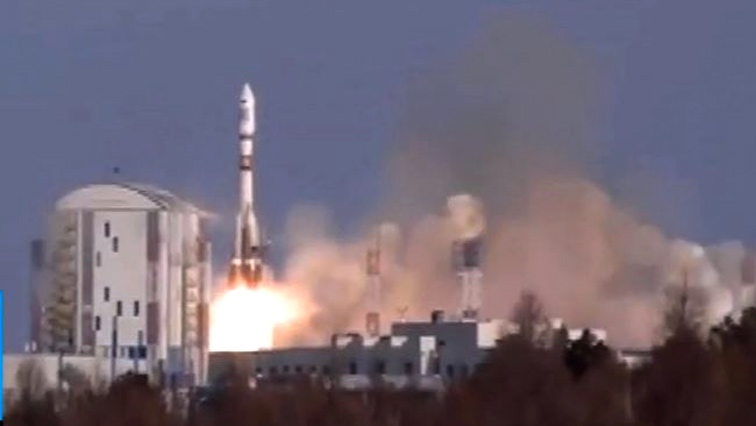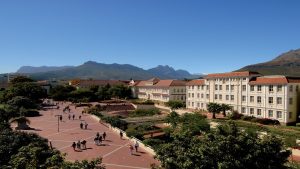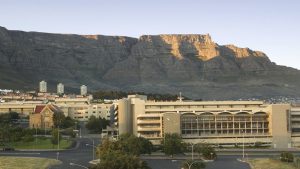South Africa’s most powerful nano-satellite is orbiting earth following its launch into space on Thursday morning.
The nearly R18 million ZACUBE-2 was developed in partnership with the Cape Peninsula University of Technology, Stellenbosch University, the Council for Scientific and Industrial Research and a number of private companies.
ZACUBE-2 was launched with the Russian Soyuz Kanopus mission from Siberia, together with other small satellites from the United States, Japan, Spain, and Germany. It will monitor marine traffic along the South African coast and also detect forest and veld fires.
“ZACUBE-2 has been in development for the last two years and cost about R17. 5 million. Through this programme, several post-graduate studies were completed including 13 engineers working on a satellite development programme,” says South African National Space Agency Executive Director, Amal Khatri.
Khatri says South African National Space Agency (SANSA) has planned several more missions in the next couple of years to grow South Africa’s participation in the so-called space race.
“It’s the SANSA’s mandate to develop the space industry in the country. As part of this development, we will have several missions planned for the next couple years that will ensure that SA develops their own capability in space science and technology.”
Nano-satellites weigh between one and 10 kilograms. In 2013 the nano-satellite ZACUBE-1 was launched. ZACUBE-2 is three times the size of its predecessor.
Click below for more on the story:





